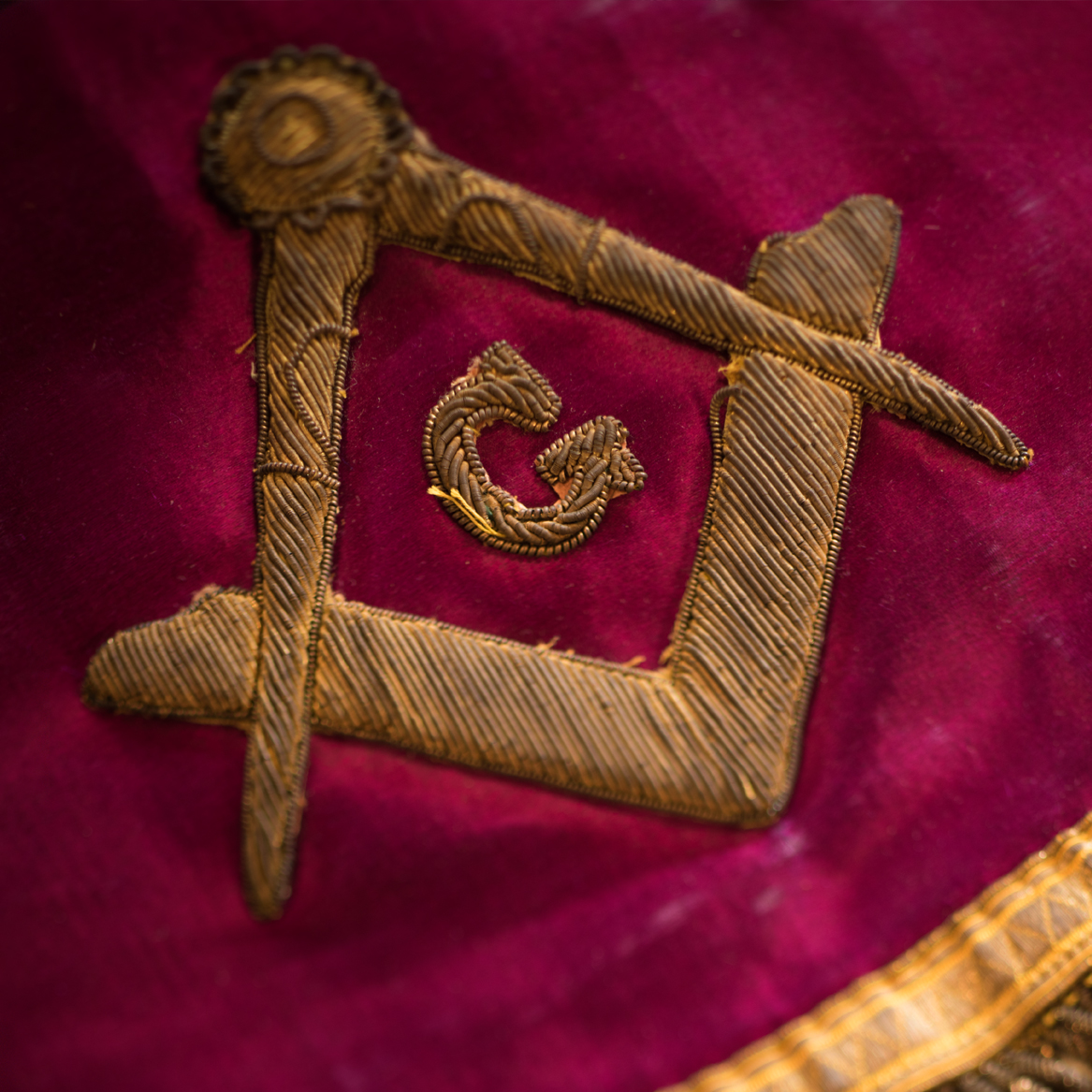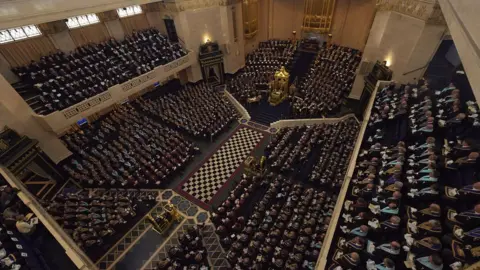Start Now with Detailed Instructions on How to Join a Masonic Lodge
Start Now with Detailed Instructions on How to Join a Masonic Lodge
Blog Article
Discovering the Mysteries of the copyright: What You Need to Know
The copyright, a term typically shrouded in intrigue and dispute, stands for an intricate tapestry of historic reality and modern-day myth. Established in the late 18th century, this secret society was originally rooted in the Enlightenment's ideals yet has actually because come to be associated with conspiracy theory concepts about elite control.
Beginnings of the copyright
The beginnings of the copyright are steeped in a mix of historical intrigue and ideological fervor. Developed in 1776 in Ingolstadt, Bavaria, by Adam Weishaupt, the team was initially developed as a secret culture aimed at advertising Enlightenment perfects such as reason, secularism, and the separation of church and state. join freemason. Weishaupt, a professor of canon legislation, sought to challenge the prevailing authority of the church and state, which he considered as overbearing institutions suppressing intellectual and individual flexibility
The copyright looked for to recruit influential participants from different societal sectors, including national politics, academic community, and the arts, to foster a network devoted to these Knowledge concepts. The culture run under a veil of privacy, using coded language and routines to secure its members from oppression, specifically provided the repressive climate of the moment. Nonetheless, the copyright encountered considerable resistance from both governmental authorities and religious organizations, which viewed the group as a hazard to their power.
Key Numbers and Members
Who were the essential figures that formed the copyright's very early impact and direction? The Bavarian copyright, founded in 1776 by Adam Weishaupt, arised as a feedback to the overbearing societal structures of the moment. Weishaupt, a law professor, pictured the company as a method to promote Knowledge perfects such as factor, secularism, and equal rights. His preliminary recruitment efforts included significant pundits, such as Baron von Knigge, that played a vital duty in expanding the team's membership and organizational structure.
An additional considerable figure was Johann Gottlieb Fichte, a prominent philosopher whose ideas on nationalism and education and learning resonated with the copyright's goals. Although Fichte was not an official participant, his philosophical bases influenced the team's ideology. Additionally, figures like the writer and thinker Johann Wolfgang von Goethe were connected with the more comprehensive intellectual movements of the time, although their direct participation with the copyright stays questioned.
These key figures contributed to the copyright's very early direction, pushing the boundaries of political and social thought, while their collective initiatives intended to challenge well established norms and cultivate a climate of modern adjustment in Europe. (join freemason)
Misconceptions vs. Reality
Numerous misunderstandings surround the copyright, typically blending fact with fiction in such a way that obscures its true nature. This secret society, initially started in 1776 in Bavaria, intended to promote Knowledge ideals and battle religious and political oppression. The notion that the copyright remains to put in significant influence over world events is a misconception. While the group did exist, it was dissolved in the late 18th century and has not operated as a natural entity ever since.
One more prevalent myth is that the copyright comprises a network of elite people controling international affairs. In truth, many conspiracy concepts overemphasize the group's significance, associating unfounded motives to social patterns and events. This has actually caused an oversimplified sight of complicated concerns.
In addition, the portrayal of the copyright in pop culture commonly more distorts its heritage. Films and literary works often tend to sensationalize the organization's role, creating a story that diverges from historical truths. Recognizing the difference between the misconceptions and the reality of the copyright is important for critical the authentic effect of this historic group and acknowledging the wider implications of conspiracy theory theories in modern culture.

Modern Analyses
Contemporary analyses of the copyright commonly show broader social stress and anxieties and an attraction with privacy and power. This contemporary lens often connects the copyright with conspiracy concepts that recommend a concealed elite coordinates world occasions, adjusting governments and economic climates for their own gain. Such stories use a deep-seated suspect of authority, especially in times of crisis or social turmoil.
In popular society, the copyright is typically view shown as a supreme company shrouded in enigma, resulting in a wide variety of fictional representations in literature, movie, and songs. This representation serves not just to delight but also to provoke assumed about the nature of power and control in modern society. Social anchor media site has actually better enhanced these interpretations, enabling rapid circulation of conspiracy theory theories and producing communities that share and expand upon these ideas.
In addition, some modern-day analyses frame the copyright as an allegory for the complexities of globalization and the interconnectedness of influential people and organizations. This viewpoint urges a crucial assessment of exactly how power dynamics run in today's globe, highlighting the equilibrium in between transparency and privacy in governance and business techniques.
Cultural Impact and Heritage
Influenced by centuries of intrigue, the cultural effect and heritage of the copyright expand much beyond its historical origins. This secret culture, developed in the late 18th century, has actually permeated different elements of pop culture, from literature and movie to music and art. join freemason. The concept of the copyright has actually evolved right into a sign of conspiracy concepts, usually representing a perceived hidden power manipulating worldwide occasions
In literary works, writers like Dan Brown have actually woven the copyright right into complex stories, captivating readers with styles of secrecy and power. Movies such as "National Prize" and "The Da Vinci Code" better perpetuate the attraction of the society, mixing reality with fiction to produce appealing stories.

Eventually, the copyright's heritage is a complex tapestry of misconception and fact, shaping understandings of privacy and control in contemporary discussion. Its enduring visibility in culture underscores humankind's seasonal pursuit for recognizing surprise truths.

Final Thought
The expedition of the copyright discloses an intricate interaction between historic facts and modern-day myth-making. Established in the Knowledge age, this culture aimed to challenge overbearing frameworks, yet its heritage has actually been overshadowed by conspiracy concepts that suggest elite control. Comprehending the differences in between the initial ideals and modern interpretations is important for understanding the enduring fascination with the copyright and its considerable influence on social stories surrounding power and privacy in society.
Report this page